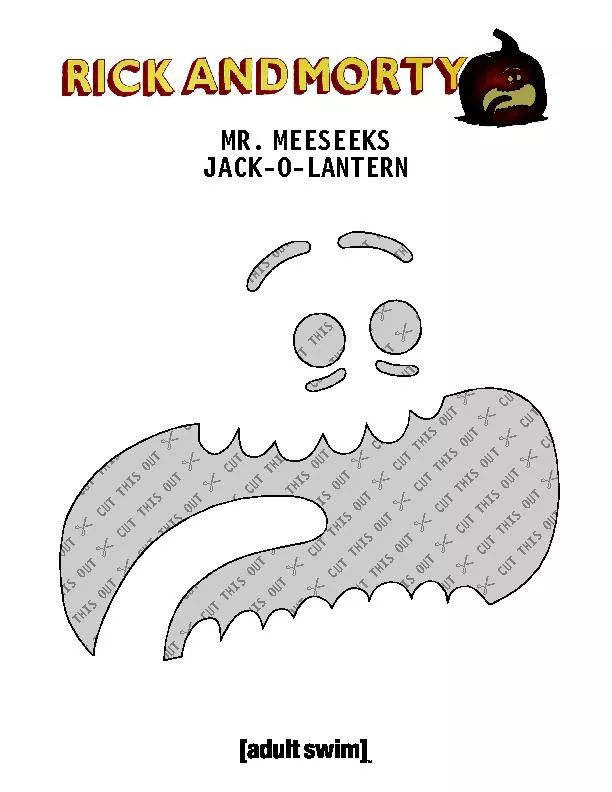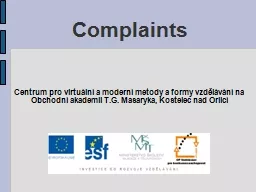PPT-What are 3 things which present with complaints out of prop
Author : calandra-battersby | Published Date : 2015-11-02
What is the other findings in patient with compartment syndrome Compartment sx findings Pain out of proportion to findings Pain with passive stretching of muscles
Presentation Embed Code
Download Presentation
Download Presentation The PPT/PDF document "What are 3 things which present with com..." is the property of its rightful owner. Permission is granted to download and print the materials on this website for personal, non-commercial use only, and to display it on your personal computer provided you do not modify the materials and that you retain all copyright notices contained in the materials. By downloading content from our website, you accept the terms of this agreement.
What are 3 things which present with complaints out of prop: Transcript
Download Rules Of Document
"What are 3 things which present with complaints out of prop"The content belongs to its owner. You may download and print it for personal use, without modification, and keep all copyright notices. By downloading, you agree to these terms.
Related Documents














